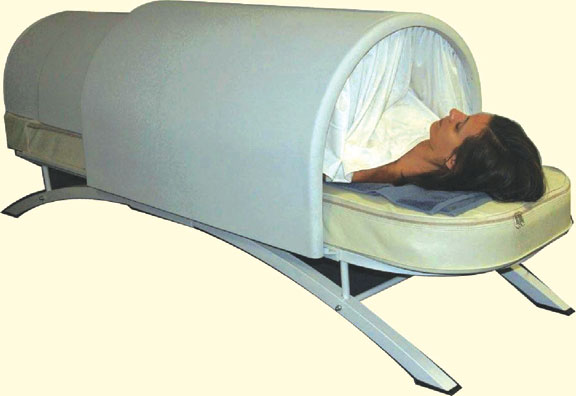A scar is like an iceberg. It may appear small on the surface but depending on the type or location of the injury, it can dive deep under the tissues and adhere to the fascia surrounding the muscles, tendons, nerves, blood and lymphatic vessels and internal organs. Scars have the capacity to influence mobility, range of motion, and function both locally and remotely, internally and externally. Therefore, if the scar is not managed early, further restrictions in the tissue can ultimately lead to chronic pain and disease.
A scar is the body’s natural way of healing damaged skin and underlying tissue. Scar tissue forms in response to traumatic injury, infection, inflammation and surgery. Specialized fibroblast cells embedded in the connective tissue, or fascia, quickly migrate to close the wound and deposit collagen to initiate tissue repair. The final appearance of the scar depends upon a variety of factors including the type of skin or tissue injured, the location of the wound, the type of injury, the direction of the wound and the individual’s age and nutritional status.
Scars usually fade in appearance over time, but one can never underestimate their impact below the surface. The first time I see a client for myofascial release, the initial interview and assessment always include a discussion about scars. As the scar becomes firmly adhered to the skin and underlying tissue, and therefore also to the fascia, the tissue becomes less pliable and mobile. The ground substance in which the fascia lies becomes solidified and the normal gliding properties of the fascia are restricted. Because the fascia is arranged from head to toe three dimensionally, it exerts twists and torsions in the tissue which may affect structures far from the original site of the injury.
For example, nearly all my clients who have a scar due to caesarean section, hysterectomy or tummy tuck complain of low back pain. As the tissue in the lower abdomen is shortened, it pulls the lumbar spine forward, thereby narrowing the space between the vertebrae and causing tightness and spasm in the muscles of the low back. In addition, adhesions, which are scars that develop between internal organs in the abdomen, are particularly disruptive because they can also lead to digestive issues, infertility and intestinal obstructions.
Scars are permanent and cannot be completely eliminated. Scar release techniques should ideally be initiated as soon as the wound is deemed fully healed by a medical practitioner or surgeon. Following are the goals of myofascial release treatment in the case of scars:
- Increase the mobility and pliability of the surface scar so that the tissue is able to glide with movement.
- Release the underlying fascial restrictions so that crushing pressures are removed from pain sensitive structures and overall mobility is restored.
Scars are beautiful. They are testimony to the body’s amazing ability to heal itself. They proclaim that something happened to you….and that you lived to tell about it.
Gina Malloy is a physical therapist and owner of MFRx Myofascial Release in Rancho Mirage. She welcomes your questions and can be reached at (760) 895.5145 or ginaoh10@gmail.com.












































Comments (0)